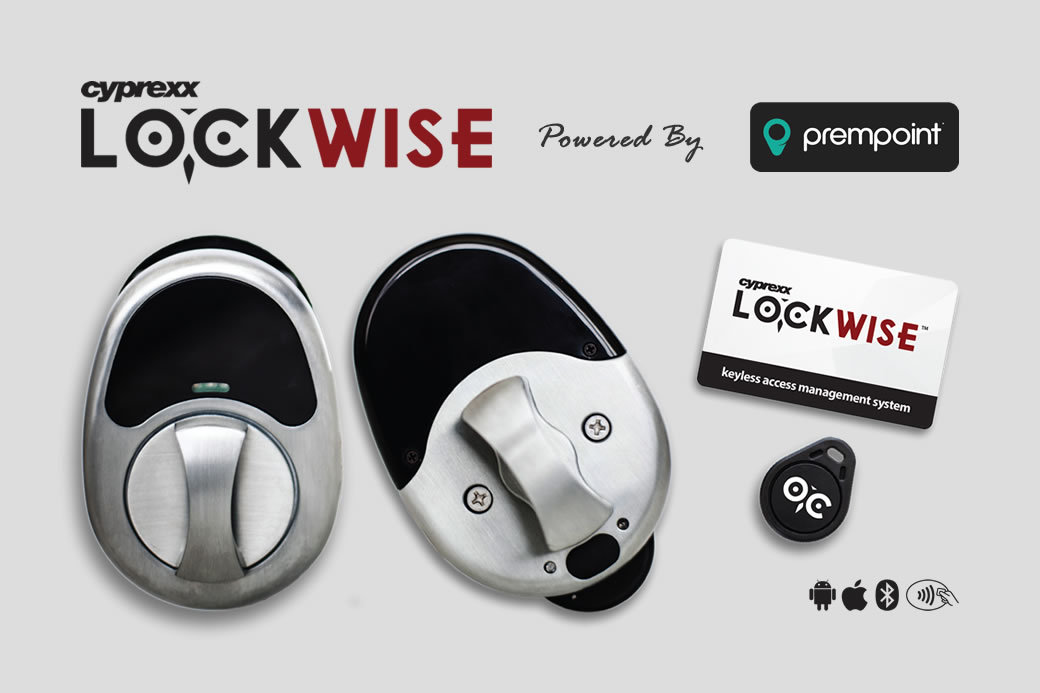Unlocking the Future of Property Preservation
As an industry, property preservation is focused on providing the services to maintain and protect assets. To date, the industry has not really explored how software for the “Internet of Things” (IoT) can add a new dimension of control and help reduce costs. Is the industry missing out on an opportunity? Can the IoT help industry professionals do a better job with property preservation management?
The answer is yes. The good news is, there is a solution in the entry management space.
First, let’s look at the problems with traditional keys. They can be easily lost or copied, and rekeying costs money. What if there was a software that, if paired with a Bluetooth lock device, could ensure that the investor, servicer and property owner all know who enters the property, when they do so, and how long they remain inside?
Imagine a digital keyless entry management system that enhances security and simplifies the management of access to properties. The good news is that digital entry management has arrived, allowing for a “keyless” environment. This technology eliminates issues with traditional keys being lost or duplicated, reduces the potential for theft and vandalism, and provides an audit trail of property entry.
Many properties in default are either without power or do not have Wi-Fi connectivity. This is where a Bluetooth lock becomes important. Bluetooth is cost-effective, provides a stable environment, is simple to deploy and requires neither power nor a Wi-Fi hub—nor the associated maintenance. Furthermore, some of the locks on the market require proximity and a physical touch to awaken. This is critical for security. The software also encrypts all communication and the battery life can extend to approximately two years.
The lock and associated software are relatively easy to install and set up. Software with a web-based console facilitates entry management to numerous properties and allows for administration from any location. The software is built to manage from one to several thousand properties. For small quantities, the mobile app is ideal, and for large property volumes, the web-based management console has a sophisticated hierarchy, allowing users to decide how they want the day-to-day control and reporting established. The software informs users of the remaining estimated battery life and will send warnings when the power drops to 30 percent and below, providing ample time to change the batteries (which is a two-minute process).
Ownership can also be transferred in a matter of seconds, there is no more rekeying required, and all previous entry permissions can be certified as wiped from the device. In the event a user does not have a working smartphone, the lock software can accept an authorized RFID or fob. Just as easily as you can grant entry to a property, you can revoke it. Simply revoke the access permission from within the software and ability to enter a property will no longer be available. You can restrict date and time either on a regular schedule or as a one-off event.
In the unlikely event that a smart lock is installed on the wrong property or there is a need to give access to an owner who may have been in payment arrears and is now current, within a few minutes, assuming the owner can prove their identity, a link can be sent to the individual’s smartphone to allow entry.
Nothing screams “vacant” more than a lockbox. Lockboxes can draw the attention of the wrong crowd, often leading to vandalism and neighborhood blight. Smart locks powered with entry management software add to the curb appeal, do not attract unwanted attention and alert you when they are opened. We are looking forward to seeing the industry adopt the technology, adding greater control and avoiding rekey costs.
Original Article: DS News

